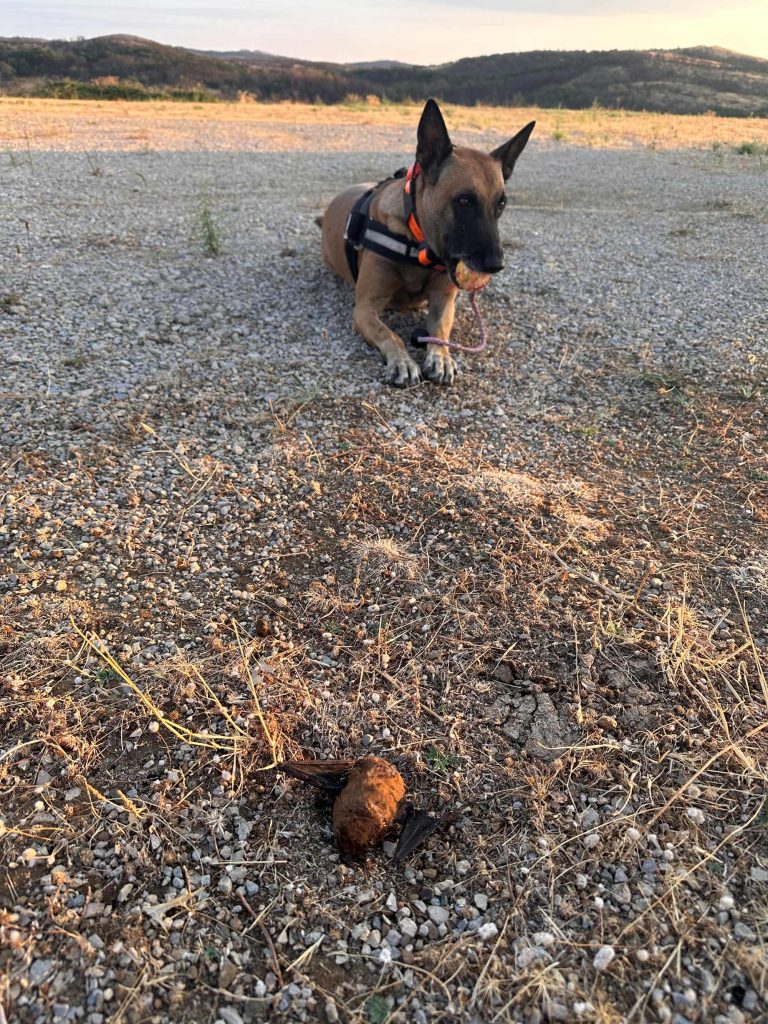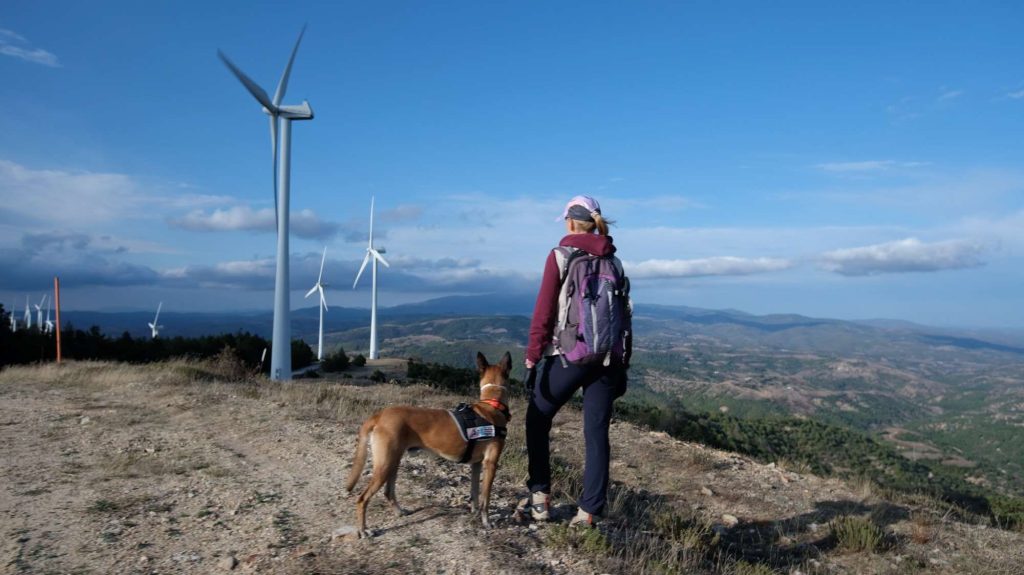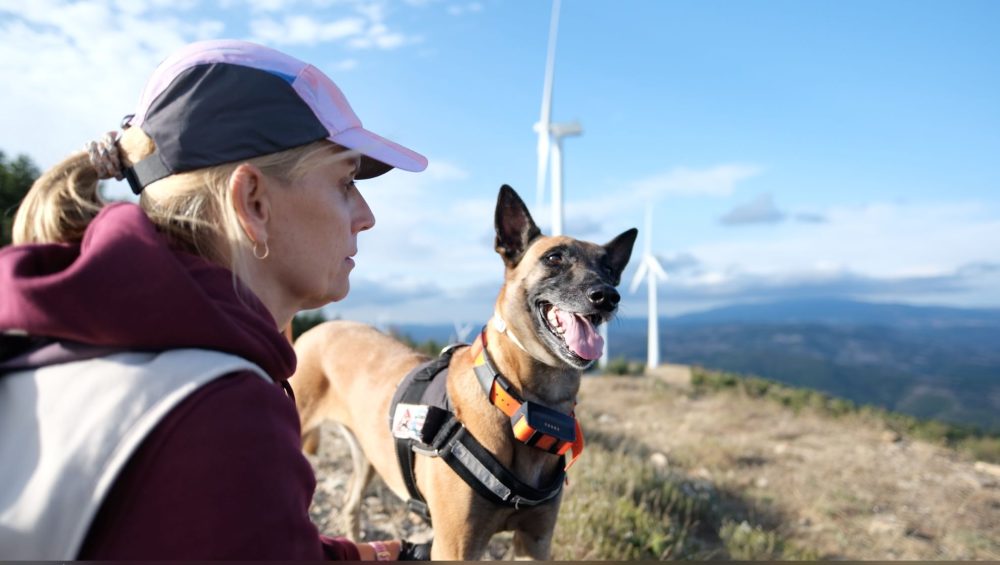The use of trained dogs in wind turbine victims’ study
Is the negative impact of wind farms easy to estimate? Are all dead animals detected? How far from a wind turbine should we search?
This year, SPBT has started a study of the use of special trained dog in dead animal detection at wind farms that aims in estimation and monitoring improving of the wind farm impact on birds and bats. It will contribute to decision making for both existing and future wind farms. Apart from the detection of dead animals and the collision incident data, a comparison of dog and human researcher efficiency will be one of the most important result of the study.
In reality, based on field surveys or satellite transmitters, it has been proven that the actual number of victims is clearly higher than those recorded. In many cases a researcher simply can’t detect the victims, especially when after collision, birds fall far from wind turbines (out of the platform), in densely vegetated areas or they might be removed by mammals in uncontrolled places. Very often, looking for dead animals under wind turbines is like looking for a needle in a haystack, what means that in practice it is extremely difficult to collect reliable data on deaths due to collision with wind turbines. In Thrace, the sites selected to install wind farms are characterized by quite strong relief and dense vegetation, factors that make carcass search extremely difficult to researchers that use only eyes.
The carcass search around wind turbines is a hard, physical work. A typical visit includes an average of 10 km of walking which you share with a four-legged partner. However, the whole effort is a great pleasure and much more interesting for a researcher who might observe his dogs at work. This collaboration leverages a dual strength: the dog incredible sense of smell and the strong bond with its handler, and the handler's keen awareness of the dog's cues to detect a finding. Sniffing is a natural behavior for dogs. It's how they explore their environment, thus this work makes them happy and playful.
The first findings of the study and their detection prove a higher efficiency of the dog that covers and searches a vast area in less time than human researcher. It is much quicker than in detecting very small parts of dead animals, few feathers or bat remains, just invisible for a human eye.



